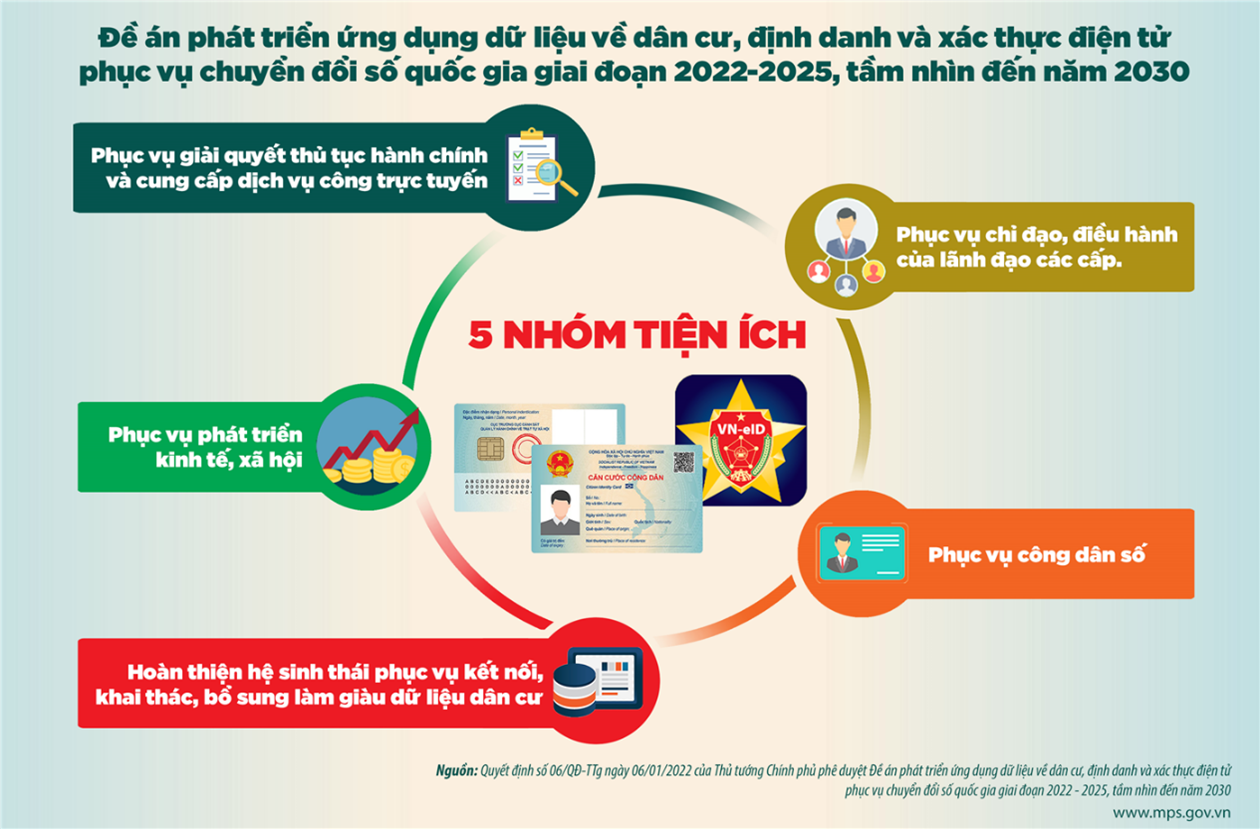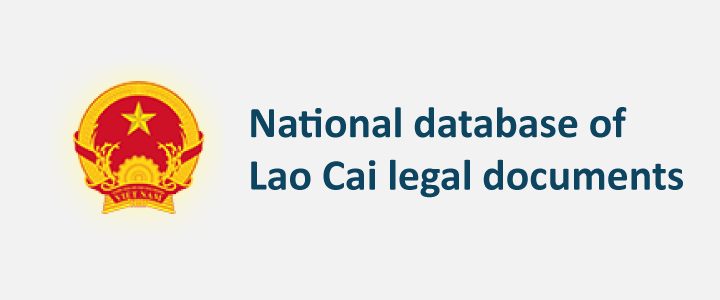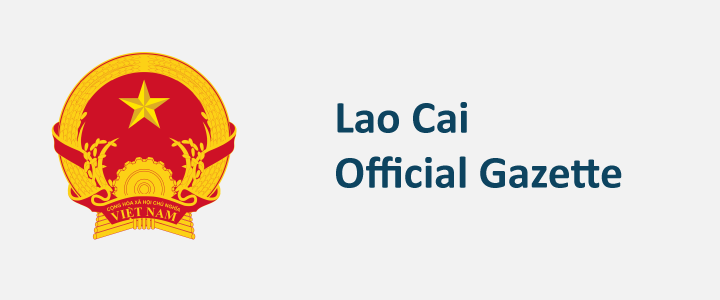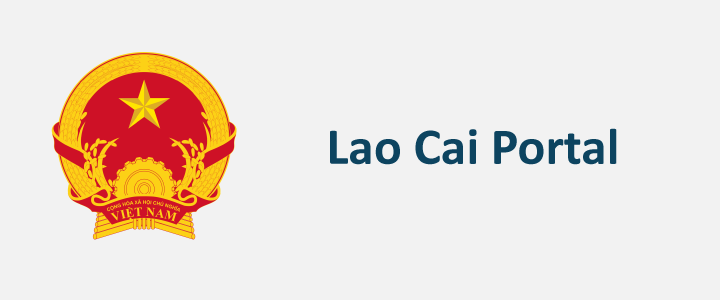The tremendous success in reducing the poverty rate
In the term 2015 - 2020, despite many difficulties and challenges, the province's socio-economic picture in general, people's lives, especially the poor, have prospered. In particular, the poverty reduction is faster and more sustainable, ranking the poverty rate of the province up to 5 ranks compared to the whole country, in 2019 it is ranked 11th. To clarify the results of the work of poverty reduction in the 2016 - 2020 period, the reporter of the Lao Cai Newspaper has an interview with Ms. Dinh Thi Hung, Director of the Department of Labor, War Invalids and Social Affairs. |
|
Many households in Muong Khuong escape poverty through growing banana tissue. |
Reporter: The characteristic of Lao Cai is a mountainous and highland province with difficult socio-economic conditions. So what are the challenges facing the province's poverty reduction in the 2016-2020 period, ma'am??
Mrs. Dinh Thi Hung: In the period 2016 - 2020, the implementation of poverty reduction in the province faces many difficulties with both objective and subjective causes. The transport system is not synchronous; the climate, weather, and epidemics changed abnormally; The social conditions in ethnic minority areas are still limited in many aspects. Although people's lives have been improved, they are always tricky. The commodity market and labor market in rural areas are in the early stages and have not yet developed extensively. In some places, awareness of the poor has not changed much; Household economic development thinking and skills are fragile, still heavily self-sufficient. Many households with low-income levels, close to the poverty line due to natural disasters, crop failures and risks in life, and production and business, have fallen into poverty. It is these difficulties that make the province's poverty reduction work to face challenges. At the beginning of the period (2016), the province's poverty rate belongs to the group with the country's highest poverty rate (accounting for 34.3%, ranked 6th, after Dien Bien, Ha Giang, Cao Bang, Lai Chau, Son La). Of which about 95% of low households are concentrated in rural, upland, ethnic minority areas.
Reporter: In each stage, poverty reduction must solve different practical problems. So in the period 2016 - 2020, what issues does poverty reduction focus on, ma'am?
Mrs. Dinh Thi Hung: Exactly. Reality always requires that poverty reduction in the later period is higher than that of the previous period because poverty, the way of calculating the poverty line, and support policies have changed. In the period 2016 - 2020, improving the quality of sustainable poverty reduction, reducing "free," conditional lending to create a positive change in awareness and arousing the proactive and self-reliant of the poor, avoiding the expect and rely on the State's support.
Reporter: To realize the poverty reduction goal in the 2016-2020 period, the province has issued and implemented the project "Sustainable poverty reduction." What are the breakthrough contents of the project?
Mrs. Dinh Thi Hung: The project's breakthrough content is that the poverty reduction policies have been comprehensively and diversified in many approaches to address the causes of poverty, the essential needs of the poor, low areas, including infrastructure investment policies (electricity, roads, schools, stations, irrigation...) and policies to support health, education, housing, domestic water, service provision, price subsidy, credit use, direct support (production tools, plant varieties, animals...).
To realize the above breakthrough contents, the critical task that the project determines to prioritize implementation is vocational training, job creation, and income generation for the poor and needy households. Therefore, the province has invested in socio-economic development programs and projects to attract and create more jobs for workers (over 60,000 workers have been trained for five years). Put the job transaction floor into operation to meet the employees' employment demand and the employer, supporting production establishments and small and medium enterprises to attract and create more jobs for laborers. Focus on changing the vocational training direction from supply to demand in the labor market (over 71,000 people have been trained for 5 years), meeting the demand for vocational training of enterprises located in the province.
Reporter: Thanks to the clear identification of the "poverty core," at the same time giving the correct and successful solutions, what actual results have been achieved in the period 2016-2020, madam?
Mrs. Dinh Thi Hung: Despite achieving a high poverty reduction rate over the years, by the end of 2018, the whole province has 43 communes with a poverty rate of 40% or more (currently after the division and merger, 37 communes), determined to be the "poor core" of the province. Facing that situation, the Department of Labor, War Invalids, and Social Affairs promptly advised the Provincial Party Committee and Provincial People's Committee on solutions to "destroy the poverty core." On May 24, 2019, the Provincial Committee issued Resolution No. 20 on sustainable poverty reduction for communes with poverty rates of 40% or more by the end of 2020, with a vision to 2025, by 2030 with the following goals: creating faster changes in material and spiritual lives of the poor, the near-poor, and ethnic minorities in poor communes. Continue to improve infrastructure to communes, villages, and complete inter-village road systems according to standards, grid electricity system; create favorable conditions for production development; to strive for communes with a poverty rate higher than 40% become the average commune of the province.
Thanks to synchronous solutions in poverty reduction, especially the Resolution No. 20 of the Provincial Party Committee. It is expected that by the end of 2020, the rate of low households in the whole province will be below 8%; the period 2016-2020 on average decreases 5.17% / year (exceeding the target of the Resolution of the 15th Provincial Party Congress, the target of 3 - 4% / year).
Reporter: Thus, the tremendous success is that the poverty rate of the province has dropped below two digits. What are the missions for the province's rapid and sustainable poverty reduction in the 2021 - 2025 period, ma'am?
Mrs. Dinh Thi Hung: Despite the success in poverty reduction, Lao Cai is still in a poor province, the lives of ethnic minorities in remote areas still face many difficulties, the number of low households is mainly from ethnic minorities ( accounting for more than 90%); The gap between rich and poor between urban and rural areas, between Kinh and ethnic minorities, has not been narrowed, affecting economic development, ensuring social security and political stability of the province. From 2021 to 2025, the poverty line is adjusted by the Government to increase, meaning the number of poor households, the rate of low-income families will increase accordingly. (it is forecasted that the percentage of low households according to the new standard survey at the end of 2020 is nearly 30% with more than 48,000 low-income families and more than 15,000 near-poor homes). Therefore, sustainable poverty reduction continues to be a central task, requiring the entire political system's entry with the highest determination.
To continue promoting rapid and sustainable poverty reduction in the coming period, the Department of Labor - Invalids and Social Affairs continues to advise and propose to the Provincial Party Committee to develop a project "Sustainable poverty reduction” in 2020 2025. The project's goal is to create a faster change in the poor's material and spiritual life, especially in border areas and areas with ethnic minorities; support and create many sustainable jobs for employees. To increase investment in technical infrastructure for people's livelihood and socio-economic development according to new rural criteria. Effectively transform economic structure and forms of production organization according to planning. Build a stable agrarian society, affluent in national cultural identity; improve people's knowledge, protect the ecological environment; firmly ensure security and defense.
Reporter: I would like to thank you so much!















